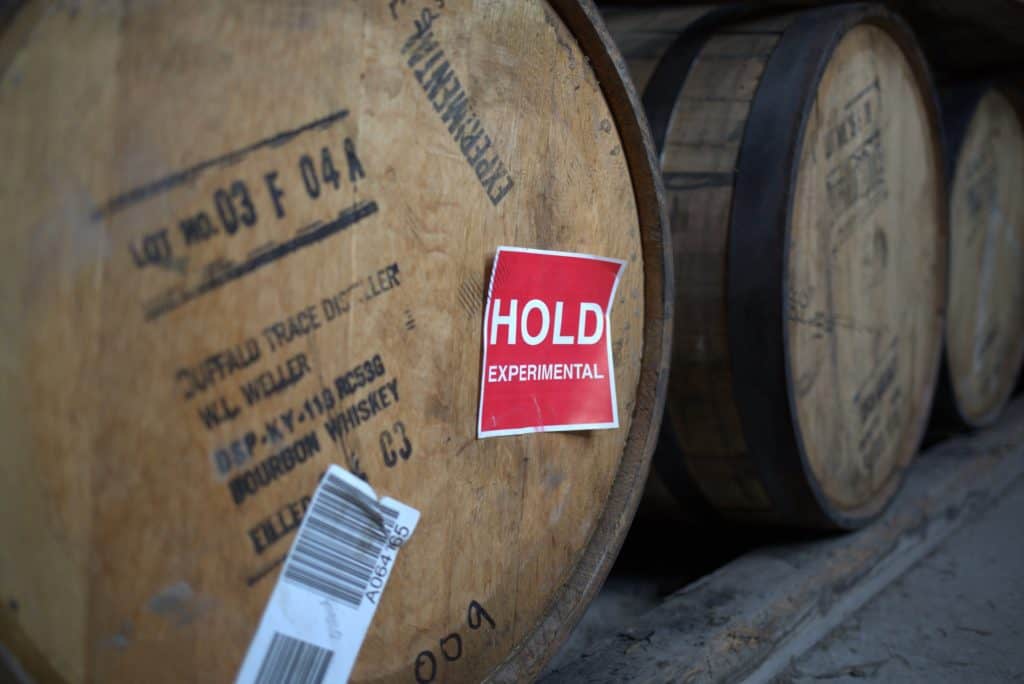Whisky therapy
Fred offers therapy for whisky lovers who might be tempted to stray from the familiar into another world of nutmeg, caramel, marzipan and even butter-fried mushroom. Settle yourself on the couch and pay attention.
So, you’re a cask strength Scotch drinker and you’re looking to stick your Society copita under a bourbon bottle for two fingers. Are you ready? If you sip bourbon, does that mean you’re leaving Scotch? Do you need to hide this from your friends and family in fear they may judge you?
Allow me this opportunity to be your whisky therapist and hopefully help you lose the guilt that you’re cheating. First thing you need to know is it’s okay if you never want to taste American whiskeys – there’s nothing wrong with sticking true to your love – but just because you journey to New Charred Oak land doesn’t mean you’re abandoning your one true love.
Now, whether you come out publicly with your side piece of bourbon, that’s up to you. But in my experience, Scotch lovers often accept all whiskies.
Now that we have addressed the emotional issues, let’s look into our core palate traits.
If peat is your jam, your smoke tooth will be found with Buffalo Trace products, in particular Rock Hill Farms, Elmer T Lee and George T Stagg. These nutmeg and caramel-laden beauties most definitely represent some of the best of American whiskey, but there’s a back palate hint of smoke and salt often in these that are perfect for a lover of the Society’s Peated flavour profile. I’ve found honey to be a dominant note in many Highland cask strength releases. I just love that sweetness and how it wraps around my tongue like a glove. Mmmmm… and this is where the therapist finds he needs a minute to sip a dram from your Deep, Rich & Dried Fruits profile…
Okay, I’m back.
For the honey note seekers and occasional marzipan cravers, seek Jim Beam’s Booker’s, a 6- to 7-year cask strength beauty, layered throughout with both savoury and sweet. The honey notes most certainly come from the new charred oak barrel, extracting the vanillin from the wood, while the marzipan note is an indication of benzaldehyde (C6H5CHO), derived from fermentation and barrel extraction. Barrell Bourbon batches 11, 21 and the 15-year-old 2018 Gray Label are also exceptional pours for the honey and marzipan lover.
Earth is another note that I think can transition you into becoming a bourbon drinker. If you love the smell of dirt, the taste of rustic earth and maybe butter-fried mushroom, with an underpinning of sweetness and spice, Wild Turkey’s cask strength offerings are where it’s at. Here’s the thing, though: You must sip cask strength here. When you sway into the lower proofs of Turkey, they use the balance in comparison to the Rare Breed and cask strength barrel picks.
Hopefully, we’ve aligned your palate with the right picks.
As we close this therapy session, we need to examine how you sip said bourbon.
In Scotch, tasters encourage adding a little water. It opens it up, they say. It makes it more complex, they argue.
You can try this in bourbon.
But I’ve found the flavour drops immensely when you add water to cask strength products; whereas, they often ameliorate Scotch pours. That said, drink it however you like. Just pay close attention of how bourbon hits your palate in comparison to Scotch. Once you feel the whiskey on the tongue, you’ll realise you’re just hanging with a distant cousin.
I hope this whisky therapy session has been helpful. Our time is up. Will you be paying with cash or do I need to bill your insurance?

